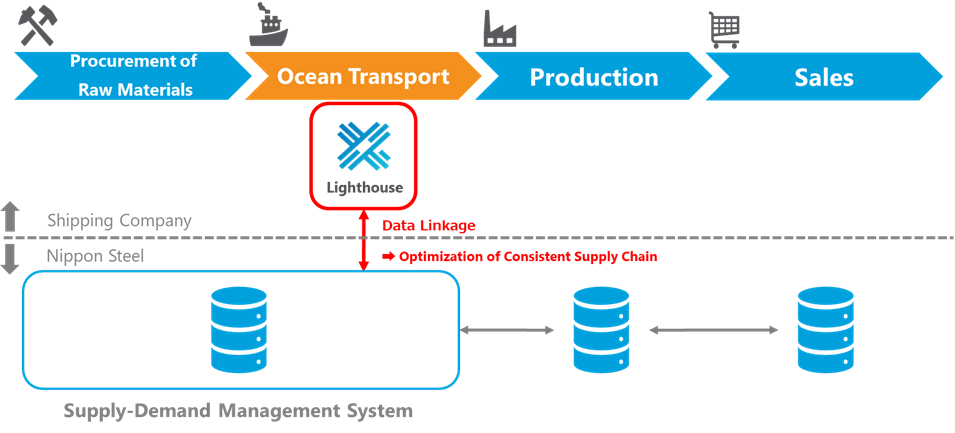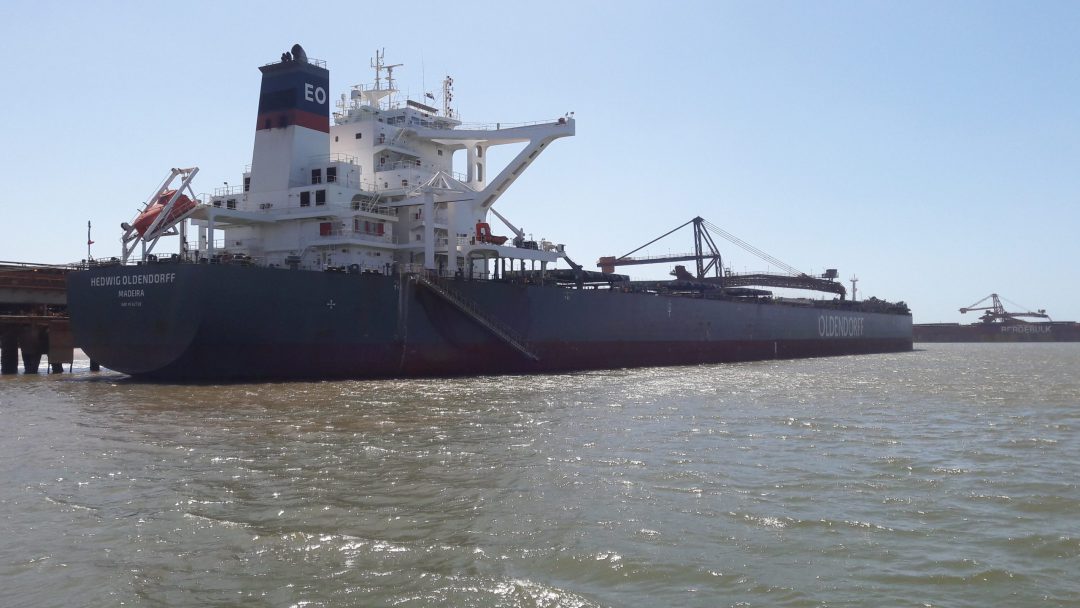After months of precision planning and engineering Jumbo Shipping, now part of Jumbo-SAL-Alliance, has carried out the tailor-made transportation of offshore platform modules including living quarters module, helideck and flare boom for client Kiewit Offshore Services.
The Fairmaster and her crew first mobilised in Rotterdam, the Netherlands before sailing to Marystown, Canada where all cargo items were loaded, carefully stowed and shipped to Ingleside, Texas for discharge.
Custom Solution
The client was looking for a custom solution to transport their offshore modules safely, fully assembled, and on a single voyage. “We were able to offer the most cost-efficient solution which was engineered and tailor-made just for this cargo. Specific studies were made for the deck strength and the tight lifting operations. The big efforts of the whole project team and close cooperation with the client made it possible to execute this project safely and as planned,” says Jumbo’s Project Manager, Maarten De Gruyter.
Due to the weight and size of the living quarters module, the client was initially looking to ship all their cargo via a RORO vessel or a deck carrier. However, they were not keen on exposing their cargo to all the weather elements while at sea. The team convinced the client through the use of a 3D simulation, stowage plan and detailed engineering that all their cargo could fit securely onboard Jumbo’s Heavy Lift Vessel while staying inside the ship’s parameters. Some of the cargo could be stowed safely below deck protecting it from the weather. The cargo secured on deck would be exposed to minimal elements and acceleration forces at sea. Besides having the cargo safely stowed, the Jumbo team also offered a cost-efficient solution since the lifting would be executed by use of the vessel’s own lifting equipment.
Engineering Project Logistics
In the lead-up to the project, the technical teams were busy developing a complete logistics solution for the client including engineering, risk assessments, approvals, complete project management and logistics planning.
“The lifting of these modules in between the ship’s two cranes safely was a difficult engineering challenge,” says Lead Engineer, Mark Tetteroo-Pat. He continues “but we know our vessels inside out and always manage to find the smartest solutions for these tight squeezes.”
To meet the required deck space, the crew extended the Fairmaster’s deck with the use of the ship’s tween decks. All the loading checks were performed in 3D and when on site the actual clearances were spot on.
The Tight Squeeze
The engineering team is used to finding lifting solutions for any kind of outsized equipment and this project was no different with each cargo item requiring a custom and precise rigging plan. For the living quarters module, they used 160 t of rigging material in each crane to load the 1293 t module. The whole operation at both the loading and discharging sites was guided by Jumbo’s experienced Senior Port Captain, Peter Mathot.
The Fairmaster and crew first loaded the flare boom weighing 145 tonnes and other project cargo items, securing them below deck in the hold. When the hatches were closed up, the crew lifted the bigger pieces using both 1,500 tonne capacity cranes. First, the helideck was loaded on the vessel’s forward deck and then the 144 person living quarters module weighing 1293 t and measuring 53 x 24 x 18 m was delicately manoeuvred between the pedestals of both cranes. After loading the living quarters module, two cargo items were also loaded on the aft deck of the vessel.
The Bigger Picture
Once the three large pieces and smaller ancillary equipment were all safely loaded on board, the crew set sail to Ingleside, Texas, where all the cargo items were carefully discharged.
Edward DeFrancesco II, Jumbo-SAL-Alliance USA states “there was a lot of cooperation and coordination required from the very beginning of negotiations until the last piece was discharged. We are very proud to have been trusted by the client to handle such a high profile and critical shipment.”

























